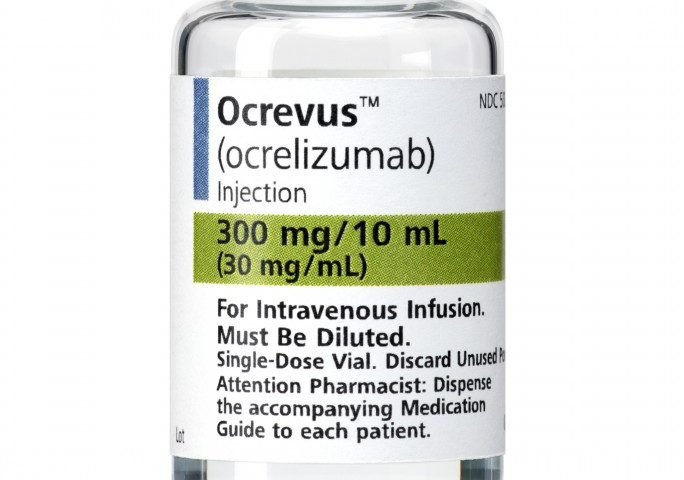One of the key considerations when choosing a disease-modifying therapy (DMT) is how much it will disrupt your life. It’s one of several factors that need to be evaluated, of course, but it’s important.
Unlike shots and pills, infusion treatments can require a significant amount of time. So, will the U.S. Federal Drug Administration’s December approval of a shortened infusion time for Ocrevus (ocrelizumab) be a big deal for people with MS?
MS infusion times vary
There are currently three infusions approved in the U.S. to treat multiple sclerosis. One is Tysabri (natalizumab), which requires about two hours in an infusion chair each month. Half that time is the actual infusion, while the other half is for observation.
Another of these DMTs is Lemtrada (alemtuzumab), which has a complicated protocol of up to eight hours of total chair time. This includes administering pre-medications, followed by four hours to administer the DMT, and then time for observation. This is repeated for five consecutive days. Three of those days are repeated a year later, and sometimes a third three-day course is needed another year down the road.
The infusion time for Ocrevus used to be three and a half hours, with a total treatment time of about five and a half hours. Now, the time of the actual infusion has been reduced to two hours, dropping total treatment time to about four hours. (The original infusion time remains the same for the first two treatments, however, which are scheduled only two weeks apart.)
That’s now only about half the treatment time of Lemtrada, but Ocrevus requires a return treatment every six months.
Which one is for you?
Efficacy and possible side effects aside, which of these three DMTs fits your lifestyle? Apparently, it’s Ocrevus for many people.
A report from Spherix Global Insights lists Ocrevus as the most prescribed treatment in the U.S. for people with progressive forms of multiple sclerosis. Doctors surveyed report prescribing it for nearly 60% of their patients. But the Spherix report warns that Ocrevus is being challenged by a newer DMT, Mayzent (siponimod). And Mayzent is a once-a-day pill. Lifestyle-wise, pills are winners.
DMT choice is always a balance of weighing the efficacy of a medication against its risks, lifestyle demands and cost. Does one of these therapies appeal to you more than the others? If so, which? And what affected your decision the most? Please share in the comments below.
(A version of this post first appeared as my column on the MS News Today website.)
(Have you checked-out my new book yet? We’re Not Drunk, We Have MS…A toolkit for living with multiple sclerosis is available as a paperback on Amazon and an e-book on Apple and several e-book stores.)



